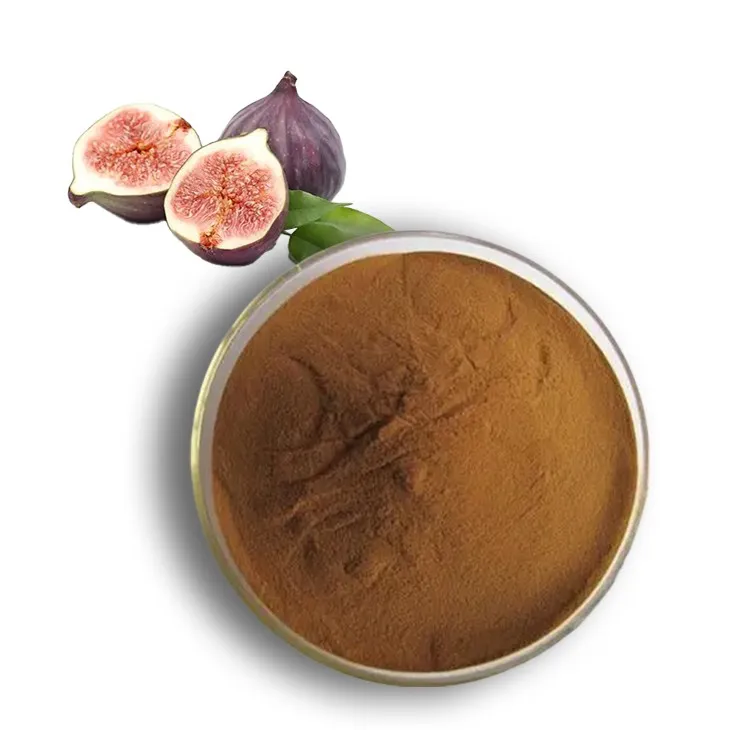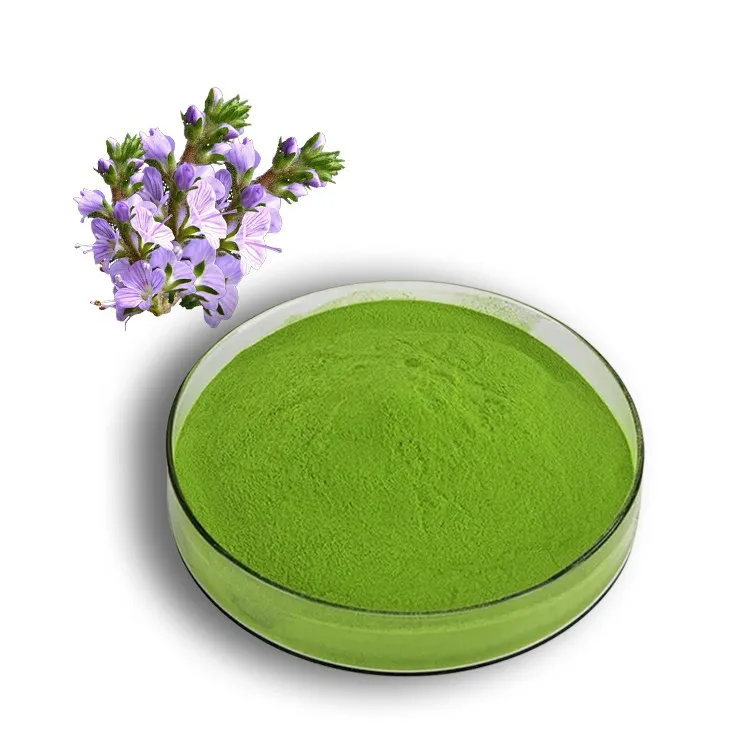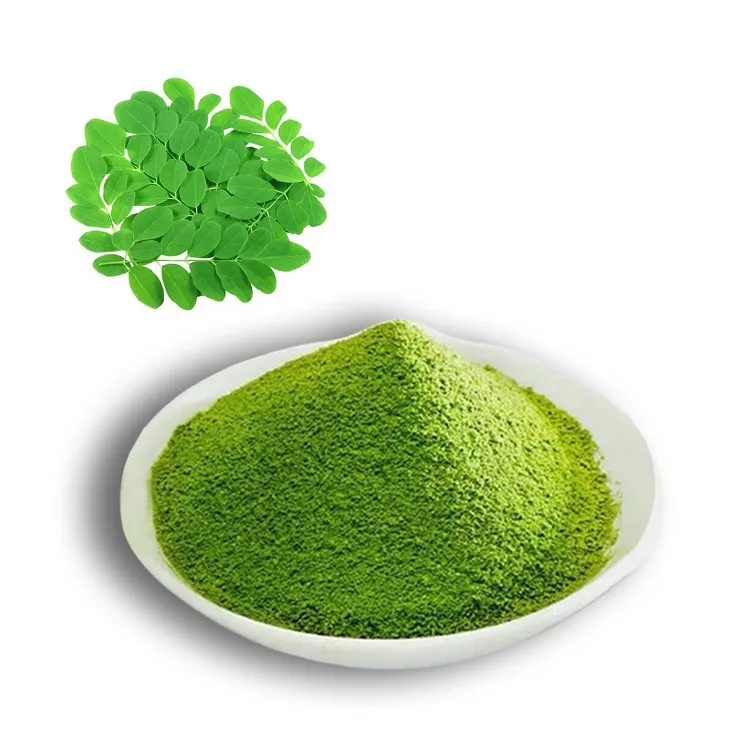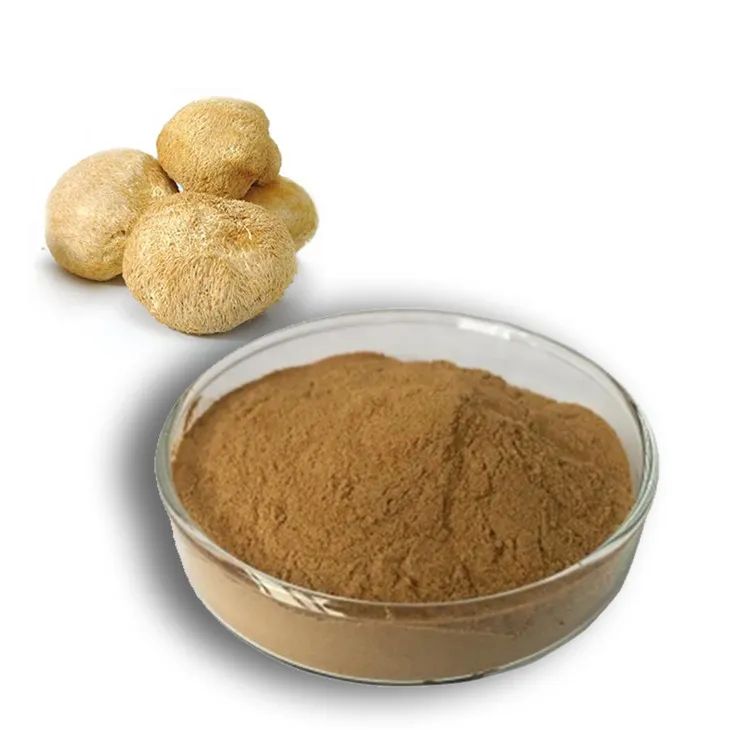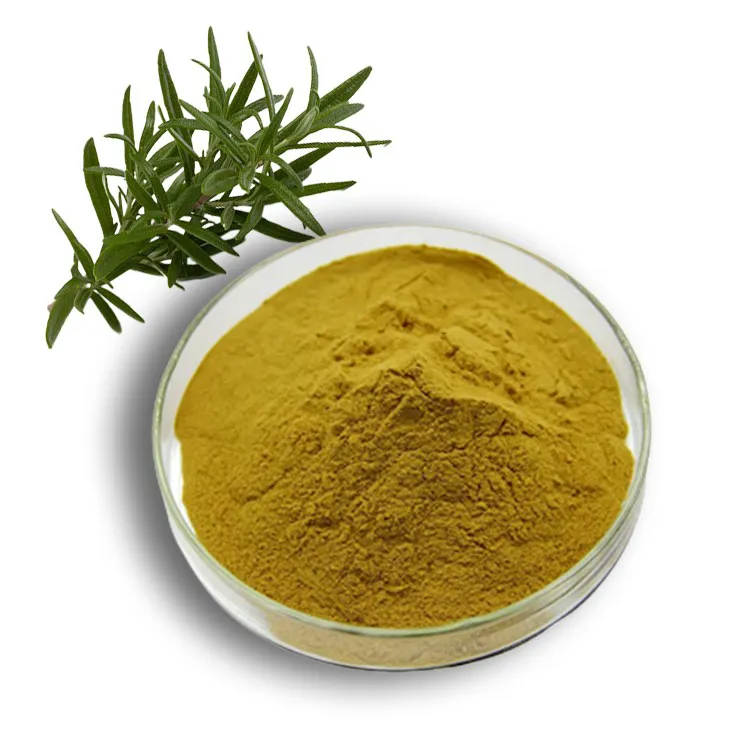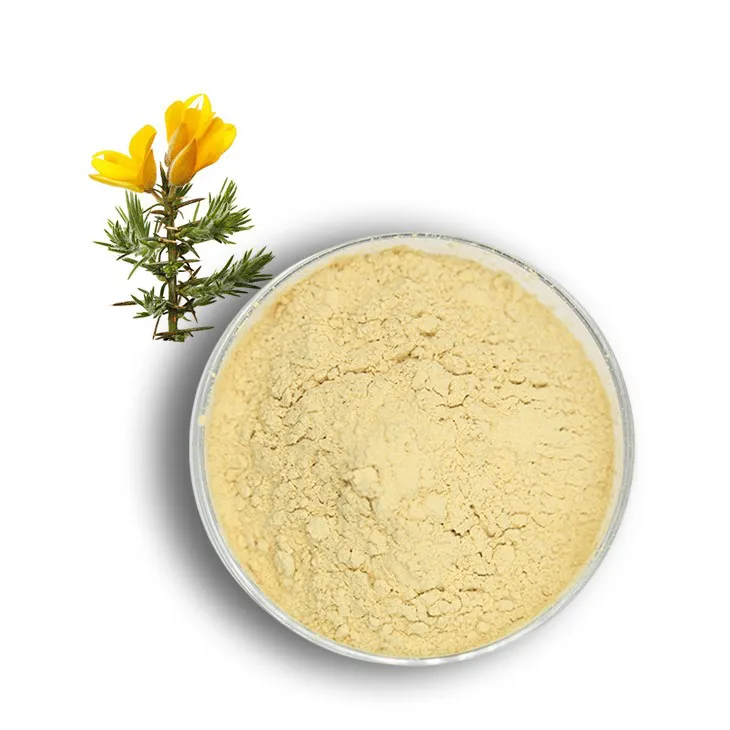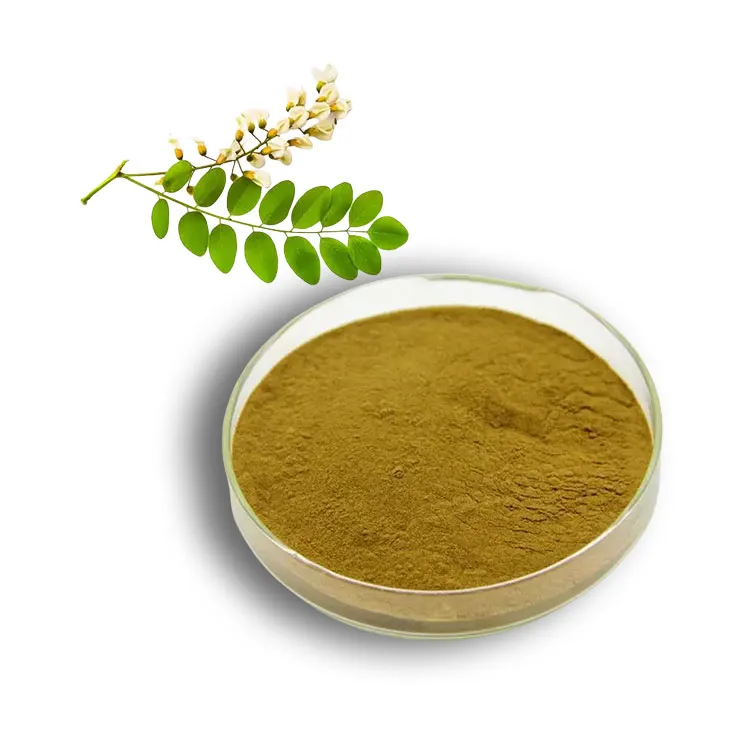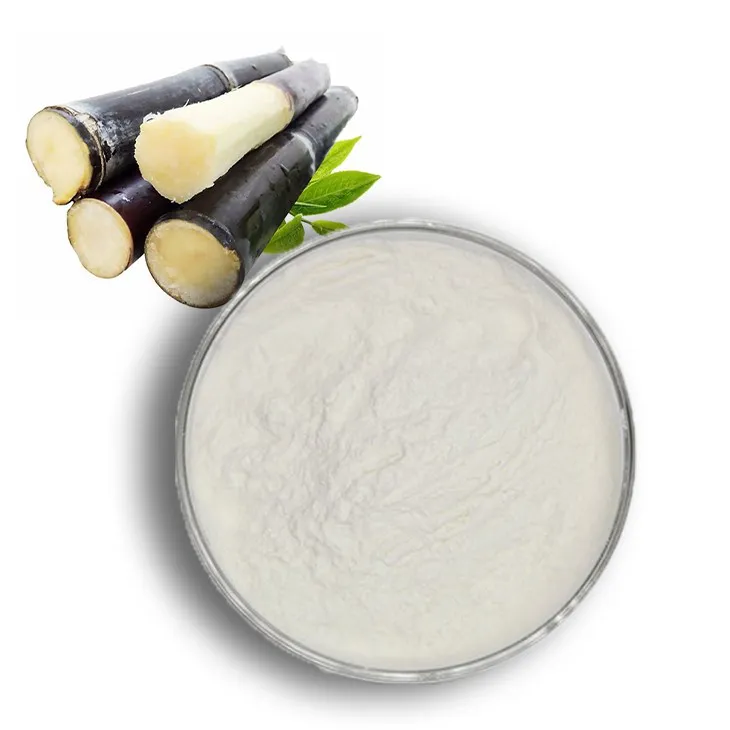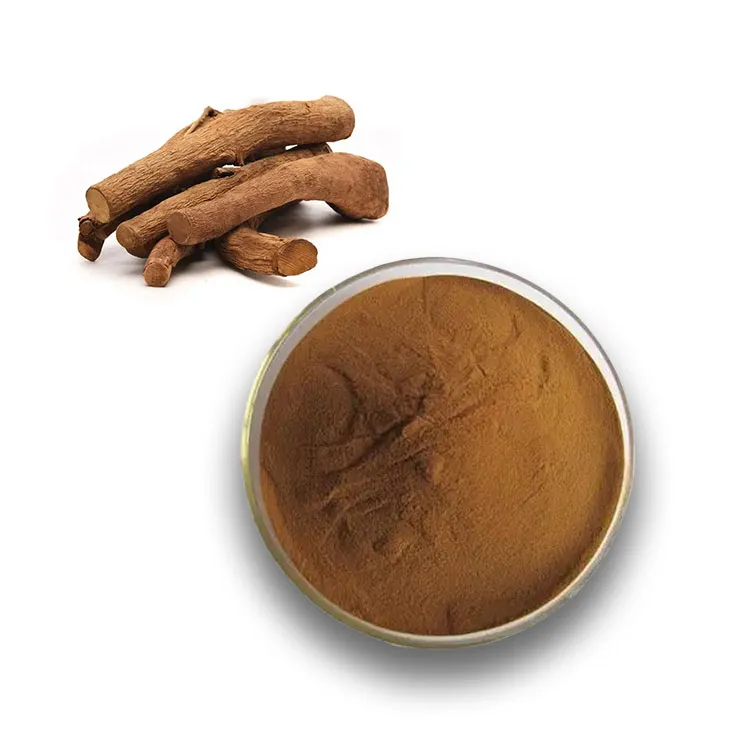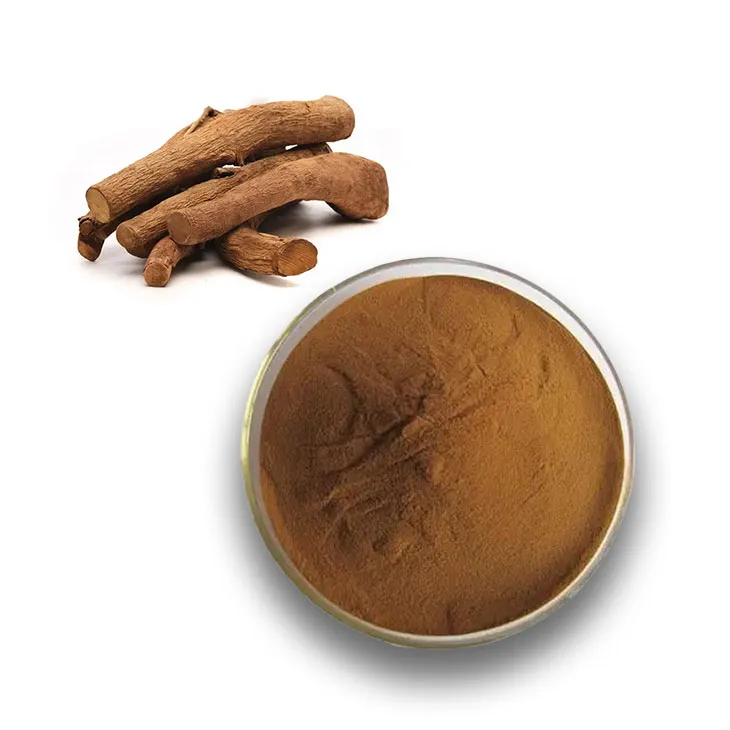- 0086-571-85302990
- sales@greenskybio.com
Are Grape Leaves Good or Bad for You? Evaluating Health Benefits, Nutritional Value, and Potential
2025-06-20
Grape leaves, the edible foliage of the grapevine (Vitis vinifera and related species), are a culinary staple in Mediterranean, Middle Eastern, and Balkan cuisines. From the Greek dolmades to Turkish sarma, grape leaves are celebrated for their slightly tart flavor and unique texture when stuffed and cooked. But beyond their cultural and culinary relevance, a growing number of health-conscious consumers have begun to ask: are grape leaves actually good for you? This article delves into the nutritional profile, health benefits, and any potential drawbacks of grape leaves, offering a balanced perspective on their role in a healthy diet.
Nutritional Profile of Grape Leaves
Grape leaves are surprisingly nutrient-dense while being extremely low in calories. A standard serving (about five leaves or 30 grams) contains only around 15 calories, a modest amount of protein and carbohydrates, and virtually no fat. What sets grape leaves apart is their micronutrient content, including:
- Dietary fiber: supporting digestive health and promoting satiety
- Vitamin A: essential for eye health, immune function, and skin integrity
- Vitamin K: crucial for normal blood clotting and bone strength
- Vitamin C: an antioxidant vital for immunity and tissue repair
- Folate: important for cell division and especially critical in pregnancy
- Calcium, magnesium, and iron: supporting bone, muscle, and blood health
Grape leaves also contain a variety of polyphenols, such as flavonoids and resveratrol, which are known for their strong antioxidant activity.
Health Benefits of Grape Leaves
1. Rich in Antioxidants
The polyphenols and flavonoids in grape leaves act as antioxidants, helping to neutralize free radicals in the body. This action can reduce inflammation and may help protect against chronic conditions such as heart disease and some cancers. Specific antioxidants, like Quercetin and resveratrol, have been widely researched for their promising health effects.
2. Heart and Circulatory Health
Grape leaves provide significant amounts of vitamin K and polyphenols, which contribute to vascular integrity. Vitamin K supports healthy blood clotting and blood vessel function. Polyphenols may improve circulation and help regulate cholesterol, further reducing cardiovascular risk factors.
3. Gut Health and Weight Management
With their high fiber content yet low energy density, grape leaves can enhance feelings of fullness and encourage healthy digestion. Fiber also supports gut health by fostering a diverse microbiome and regular bowel movements, which may help in weight management.
4. Bone and Immune Support
Vitamin K in grape leaves is instrumental in bone metabolism and maintaining bone density. Meanwhile, vitamin C and other trace minerals support the immune system, promote collagen synthesis, and foster overall tissue health.
5. Venous and Capillary Support
Extracts from red vine leaves (a type of grape leaf) are used in herbal medicine in Europe to help reduce symptoms of chronic venous insufficiency, such as swelling or discomfort in the legs, thanks to their anti-inflammatory and vasoprotective effects.
Culinary Uses and Practical Considerations
Grape leaves are almost always eaten cooked or pickled (often in brine), rather than raw. They are most famous for being rolled around fillings composed of rice, herbs, and sometimes meat, then gently simmered. The preservation process and cooking soften their texture and bring out their distinctive tangy taste.
Potential Drawbacks and Risks
For most people, eating grape leaves is safe and beneficial, but some considerations are important:
1. High Sodium Content in Preserved Grape Leaves
Many commercially available grape leaves are preserved in brine to maintain freshness and pliability. This process significantly increases their sodium content, which could be concerning for people with hypertension or those on salt-restricted diets. Rinsing brined leaves before use can remove some excess sodium.
2. Oxalate Content
Like many leafy greens, grape leaves contain oxalates—compounds that, in large amounts, can contribute to the development of kidney stones in susceptible individuals. For healthy adults and occasional eaters, this is unlikely to be a significant concern.
3. Pesticide Residues
If grape leaves are harvested from vineyards treated with pesticides or fungicides, there is some risk of chemical residue. Choosing organic grape leaves or washing them thoroughly can minimize this potential hazard.
4. Allergies and Sensitivities
Although rare, allergies or sensitivities to grape leaves could occur, particularly in individuals allergic to grapes or related plants. Symptoms may include oral irritation, rash, or gastrointestinal upset.
Who Should Use Caution With Grape Leaves?
In general, grape leaves are safe when consumed as part of a balanced diet. However, certain groups should be cautious:
- People on sodium-restricted diets, due to the salt in preserved leaves
- Those prone to kidney stones, because of the oxalate content
- Individuals with known allergies to grapes or similar plants
- Pregnant women, if uncertain about leaf sourcing or preparation, should choose reputable brands to avoid contaminants
Conclusion
Grape leaves are not only a culinary treasure but also a nutritious, low-calorie ingredient packed with vitamins, minerals, fiber, and antioxidants. When consumed sensibly—particularly by rinsing brined leaves and enjoying them as part of a varied diet—they can contribute to cardiovascular health, support digestion, and provide key micronutrients. For most people, grape leaves are a healthful addition to the table. However, as with any food, moderation and awareness of individual health needs and preparation methods are important to optimizing their benefits and minimizing risks.
- ▶ Hesperidin
- ▶ citrus bioflavonoids
- ▶ plant extract
- ▶ lycopene
- ▶ Diosmin
- ▶ Grape seed extract
- ▶ Sea buckthorn Juice Powder
- ▶ Beetroot powder
- ▶ Hops Extract
- ▶ Artichoke Extract
- ▶ Reishi mushroom extract
- ▶ Astaxanthin
- ▶ Green Tea Extract
- ▶ Curcumin Extract
- ▶ Horse Chestnut Extract
- ▶ Other Problems
- ▶ Boswellia Serrata Extract
- ▶ Resveratrol Extract
- ▶ Marigold Extract
- ▶ Grape Leaf Extract
- ▶ blog3
- ▶ Aminolevulinic acid
- ▶ Cranberry Extract
- ▶ Red Yeast Rice
- ▶ Red Wine Extract
-
Fig Extract
2025-06-20
-
Alfalfa Meal
2025-06-20
-
Moringa powder
2025-06-20
-
Hericium erinaceus extract powder
2025-06-20
-
Rosemary extract
2025-06-20
-
Genistein
2025-06-20
-
Sophora Japonica Flower Extract
2025-06-20
-
Sugarcane Extract
2025-06-20
-
Tongkat Ali Extract
2025-06-20
-
Tongkat Ali Extract Powder
2025-06-20











